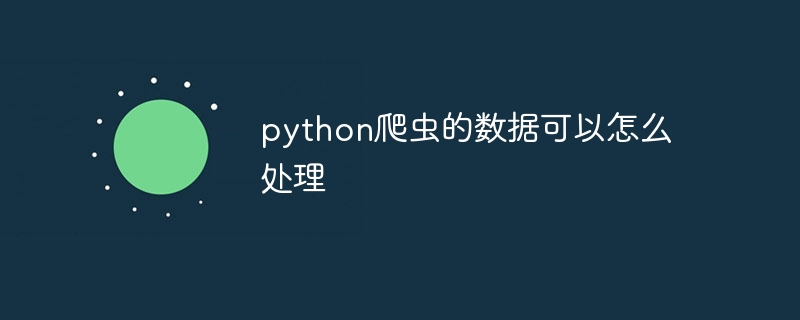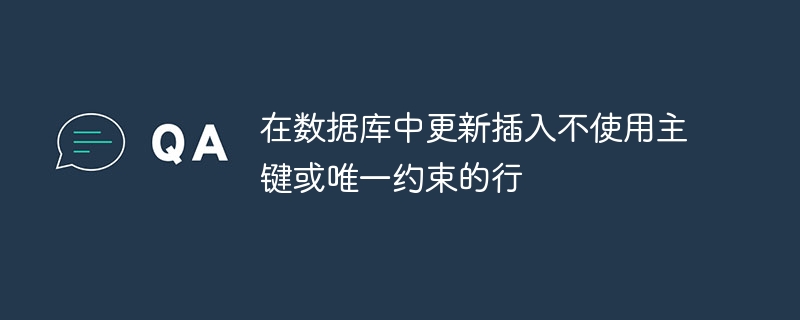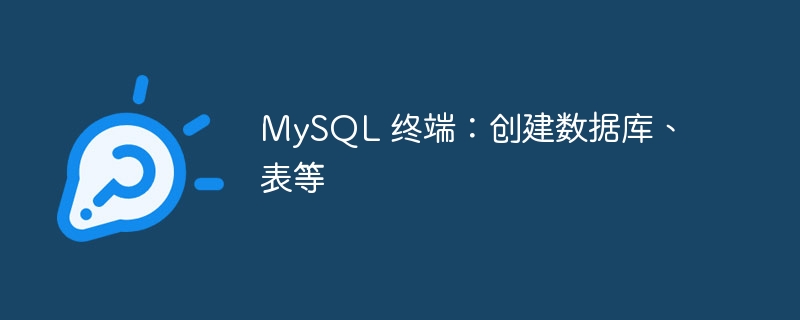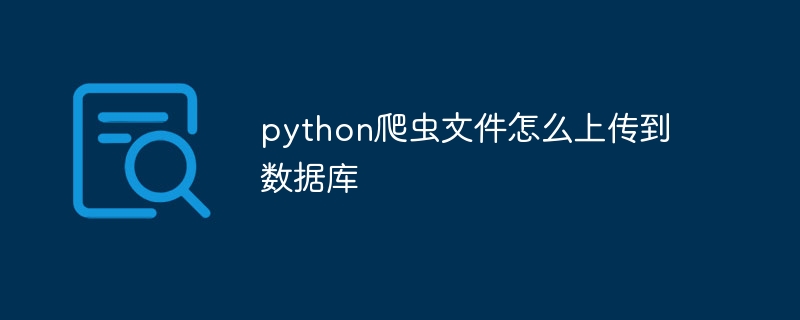
静态数组
数组是一种线性数据结构,其中所有元素按顺序排列。它是存储在连续内存位置的相同数据类型元素的集合。
初始化
public class array<t> {
private t[] self;
private int size;
@suppresswarnings("unchecked")
public array(int size) {
if (size
<p>在核心数组类中,我们将存储数组的大小和数组初始化的一般框架。在构造函数中,我们要求数组的大小并创建一个对象并将其类型转换为我们想要的数组。</p>
<h3>
设置方法
</h3>
<pre class="brush:php;toolbar:false">public void set(t item, int index) {
if (index >= this.size || index
<p>此方法要求将一个项目存储在数组中,并要求存储哪个项目的索引。</p>
<h3>
获取方法
</h3>
<pre class="brush:php;toolbar:false">public t get(int index) {
if (index >= this.size || index
<p>get 方法请求索引并从该索引检索项目。</p>
<h3>
打印方式
</h3>
<pre class="brush:php;toolbar:false">public void print() {
for (int i = 0; i
<p>print 方法只是将数组的所有成员打印在一行中,每个项目之间用空格分隔。</p>
<h2>
排序数组
</h2>
<p>数组,但具有对元素本身进行排序的功能。</p>
<h3>
初始化
</h3>
<pre class="brush:php;toolbar:false">public class sortedarray<t extends comparable>> {
private t[] array;
private int size;
private final int maxsize;
@suppresswarnings("unchecked")
public sortedarray(int maxsize) {
if (maxsize
<p>在排序数组类中,我们将存储数组的大小,并要求数组的最大大小以及数组初始化的一般框架。在构造函数中,我们要求数组的最大大小并创建一个对象并将其类型转换为我们想要的数组。</p>
<h3>
吸气剂
</h3>
<pre class="brush:php;toolbar:false">public int length() {
return this.size;
}
public int maxlength() {
return this.maxsize;
}
public t get(int index) {
if (index = this.size) {
throw new indexoutofboundsexception("index out of
bounds: " + index);
}
return this.array[index];
}
插入方式
private int findinsertionposition(t item) {
int left = 0;
int right = size - 1;
while (left = this.maxsize) {
throw new illegalstateexception("the array is already full");
}
int position = findinsertionposition(item);
for (int i = size; i > position; i--) {
this.array[i] = this.array[i - 1];
}
this.array[position] = item;
size++;
}
insert 方法以排序的形式将项目插入到其位置。
删除方法
public void delete(t item) {
int index = binarysearch(item);
if (index == -1) {
throw new illegalargumentexception("unable to delete element " + item + ": the entry is not in the array");
}
for (int i = index; i
<h3>
检索方法
</h3>
<pre class="brush:php;toolbar:false">private int binarysearch(t target) {
int left = 0;
int right = size - 1;
while (left
<h3>
遍历法
</h3>
<pre class="brush:php;toolbar:false">public void traverse(callback<t> callback) {
for (int i = 0; i
<h3>
回调接口
</h3>
<pre class="brush:php;toolbar:false">public interface callback<t> {
void call(t item);
}
</t>
遍历中回调接口的使用
public class uppercasecallback implements unsortedarray.callback<string> {
@override
public void call(string item) {
system.out.println(item.touppercase());
}
}
</string>
未排序的数组
和上面几乎一样
初始化和 getter 是相同的。
插入方式
public void insert(t item) {
if (this.size >= this.maxsize) {
throw new illegalstateexception("the array is already full");
} else {
this.self[this.size] = item;
this.size++;
}
}
删除方法也是一样
搜寻方式
public integer find(t target) {
for (int i = 0; i
<h2>
动态数组
</h2>
<p>动态数组就像数组列表或列表。</p>
<h3>
初始化
</h3>
<pre class="brush:php;toolbar:false">public class dynamicarray<t> {
private t[] array;
private int size;
private int capacity;
@suppresswarnings("unchecked")
public dynamicarray(int initialcapacity) {
if (initialcapacity
<h3>
插入方式
</h3>
<pre class="brush:php;toolbar:false">private void resize(int newcapacity) {
@suppresswarnings("unchecked")
t[] newarray = (t[]) new object[newcapacity];
for (int i = 0; i = capacity) {
resize(2 * capacity);
}
array[size++] = item;
}
删除方法
public void delete(T item) {
int index = find(item);
if (index == -1) {
throw new IllegalArgumentException("Item not found: " + item);
}
for (int i = index; i 1 && size
<p>其他都一样。<br>
希望这有助于使用数组。祝你好运!</p>
以上就是数据结构:数组的详细内容,更多请关注php中文网其它相关文章!
版权声明:本文内容由网友自发贡献,版权归原作者所有,本站不承担相应法律责任。如您发现有涉嫌抄袭侵权的内容,请联系 yyfuon@163.com




